How to Design and Deliver Training Programs (Step-by-Step Guide)
Learn how to design and deliver training programs that engage teams and drive real workplace performance.
Learn how to design and deliver training programs that engage teams and drive real workplace performance.
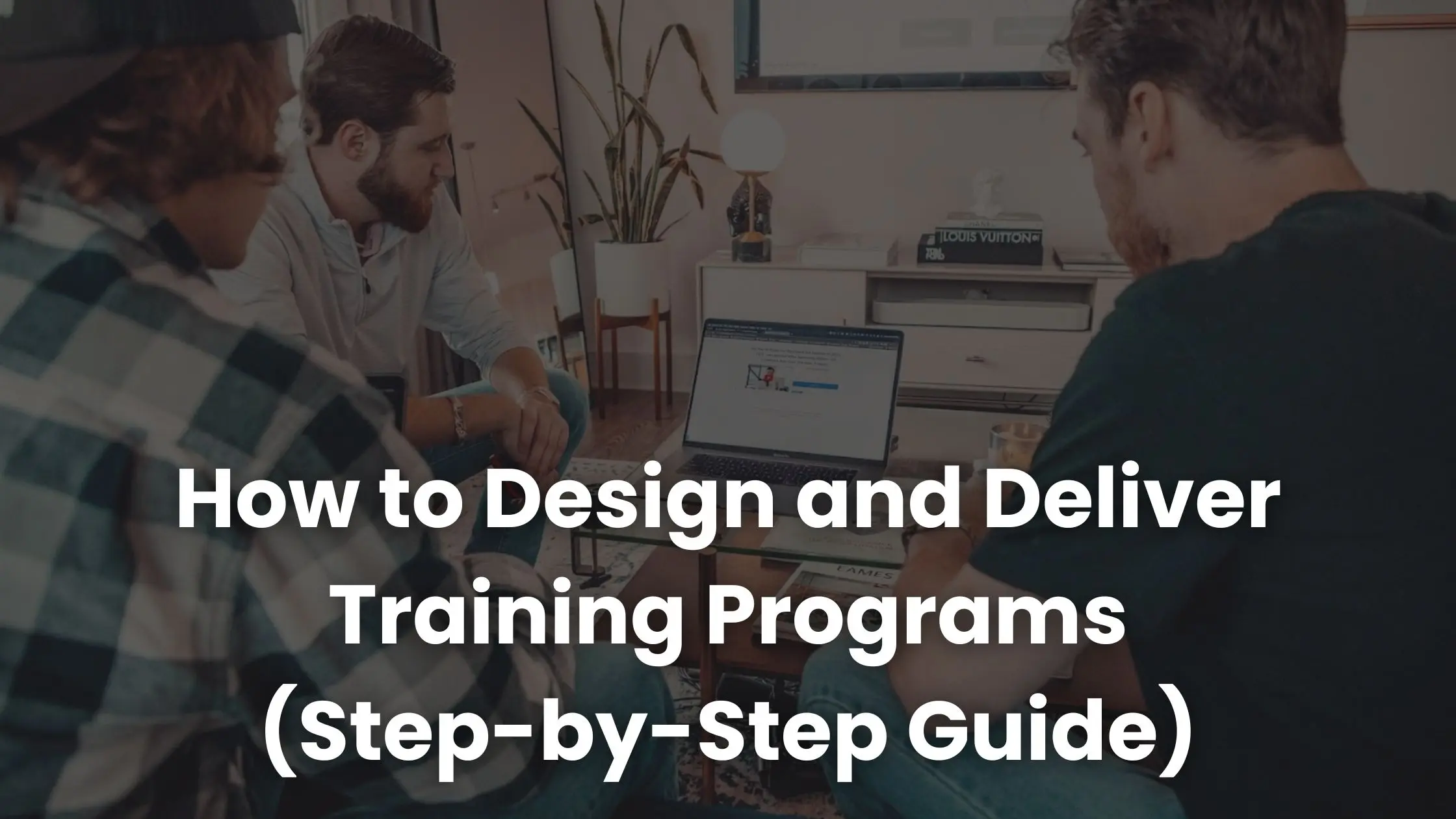
People tend to stay longer in workplaces that invest in their growth. When learning becomes a priority, employees build skills, gain confidence, and feel motivated to contribute.
Strong training programs also help organizations reach higher levels of performance, engagement, and retention. Yet many still rely on scattered lessons or informal coaching that limits progress.
This guide walks through how to design and deliver training programs that work. You’ll discover what makes training effective, key steps for building it, useful program types, and how AI tools can simplify creation and delivery.
A training program gives employees structured opportunities to learn, practice, and grow. It may involve a single course or a collection of lessons that help people perform better in current roles or prepare for future ones.
The focus often includes both hard skills, like using new software or mastering technical tasks, and soft skills such as communication, teamwork, or leadership.
Common formats include onboarding sessions, compliance training, and leadership development. Together, these build confidence, productivity, and long-term career satisfaction.
A strong and effective training program supports clear business goals and drives measurable progress. Success begins with a few essential principles:
Understanding each learner’s current skills ensures that new material fits their level. Pre-assessments help instructors shape lessons that meet real needs rather than assumptions.
Every employee learns differently. Personalized learning paths adjust to skill gaps, preferred formats, and individual goals, creating stronger engagement and retention.
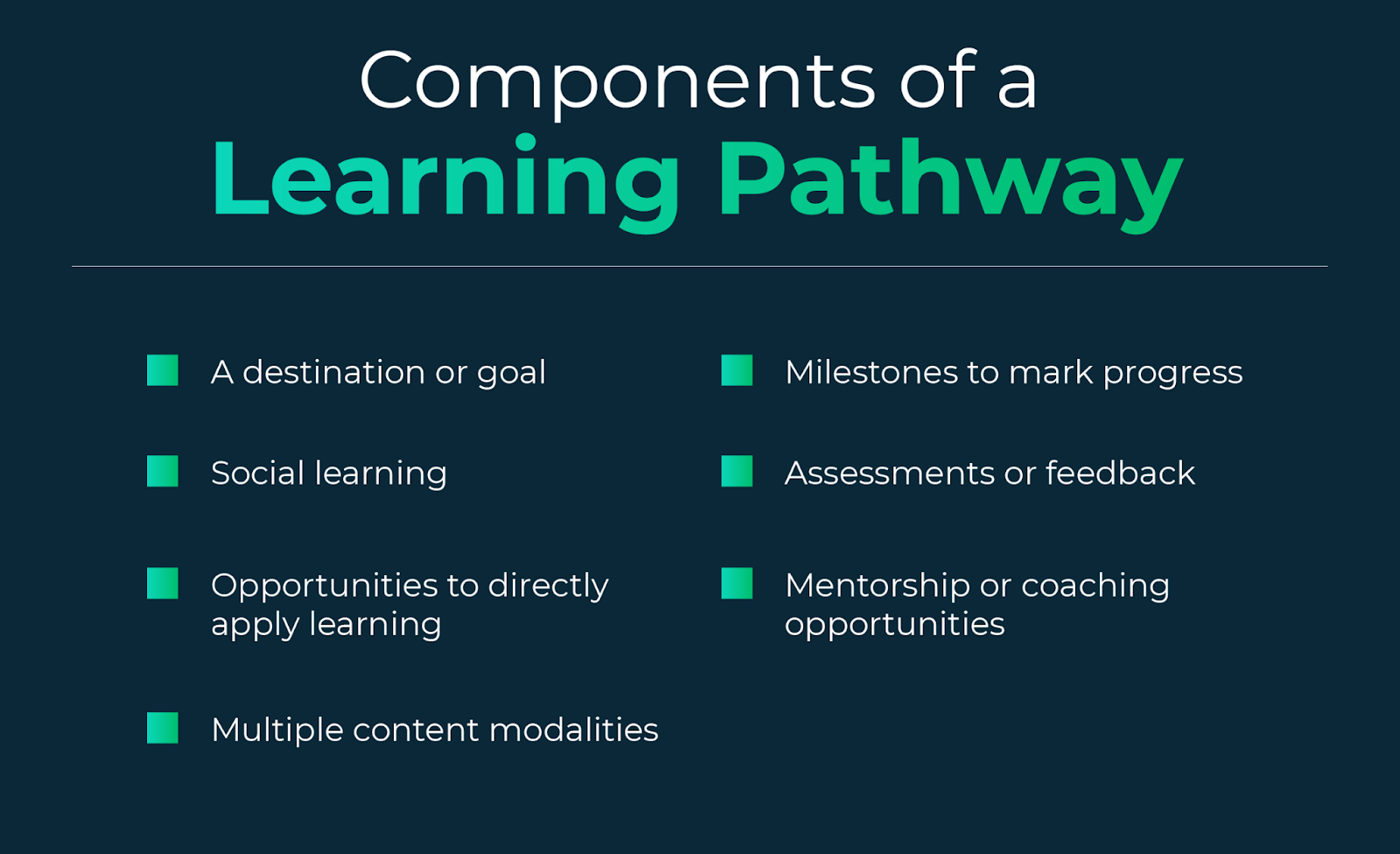
When training feels uniform across teams, locations, or languages, everyone gains equal access to high-quality resources. Translating materials, standardizing assessments, and offering relevant examples help maintain fairness and clarity.
People learn best when they control their pace. Online platforms, self-paced courses, dashboards, and mobile-friendly content make learning continuous and accessible anytime.
Training sticks when it connects directly to daily responsibilities. Allocating work time for learning turns growth into part of the job, not just one more task. This is also known as on-the-job training.
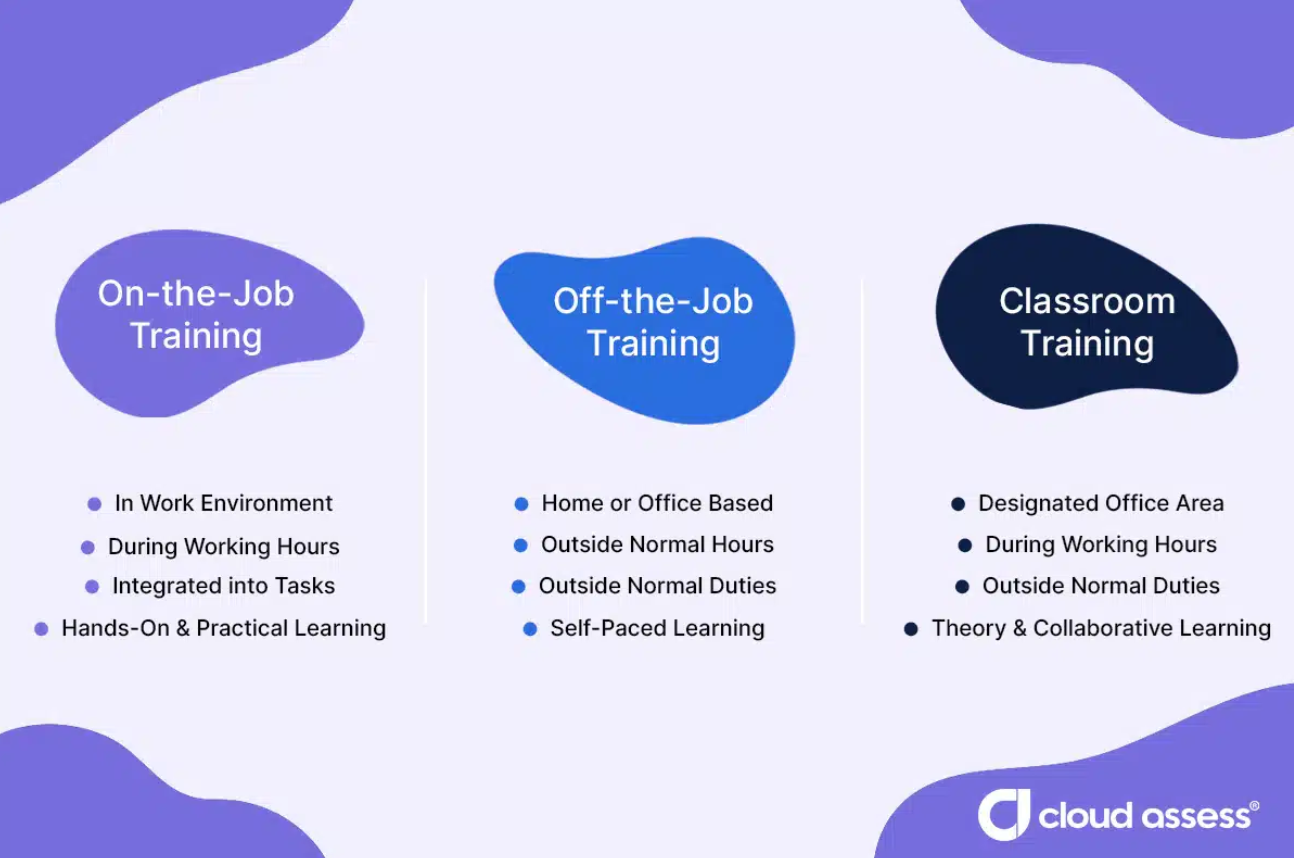
Encouraging participation through promotions, certificates, or digital badges helps employees stay motivated and proud of their progress.
Interactive activities, real-world scenarios, and gamified lessons keep learners focused. When learning feels rewarding, knowledge retention improves.
Short, focused learning units or learning pills make information easier to digest and apply. Microlearning keeps sessions flexible without overwhelming employees.
Regular progress checks reveal where learners need more support. A learning platform with reporting features makes it easy to refine materials, track success, and personalize updates.
According to Forbes, employees who feel heard are 4.6 times more likely to perform their best. Gathering feedback helps organizations fine-tune training and align content with real needs.
Designing a training program works best as a continuous process. Test, measure, and improve over time. AI-powered tools make that easier by turning updates, feedback, and learner data into quick insights and ready-to-use improvements.
Different training programs support different goals. Some help new hires get started, while others build advanced technical or leadership skills.
A thoughtful mix can strengthen performance, confidence, and career growth across your entire workforce. As you plan your learning strategy, begin with one of these ten common employee training programs.
Onboarding training welcomes new employees and helps them settle quickly. It can include preboarding tasks, HR orientation, company introductions, and team meetups.
The goal is twofold: help new hires feel ready for their roles and keep them engaged beyond the first 90 days. A strong onboarding experience blends practical job training with company culture, setting the tone for long-term success.
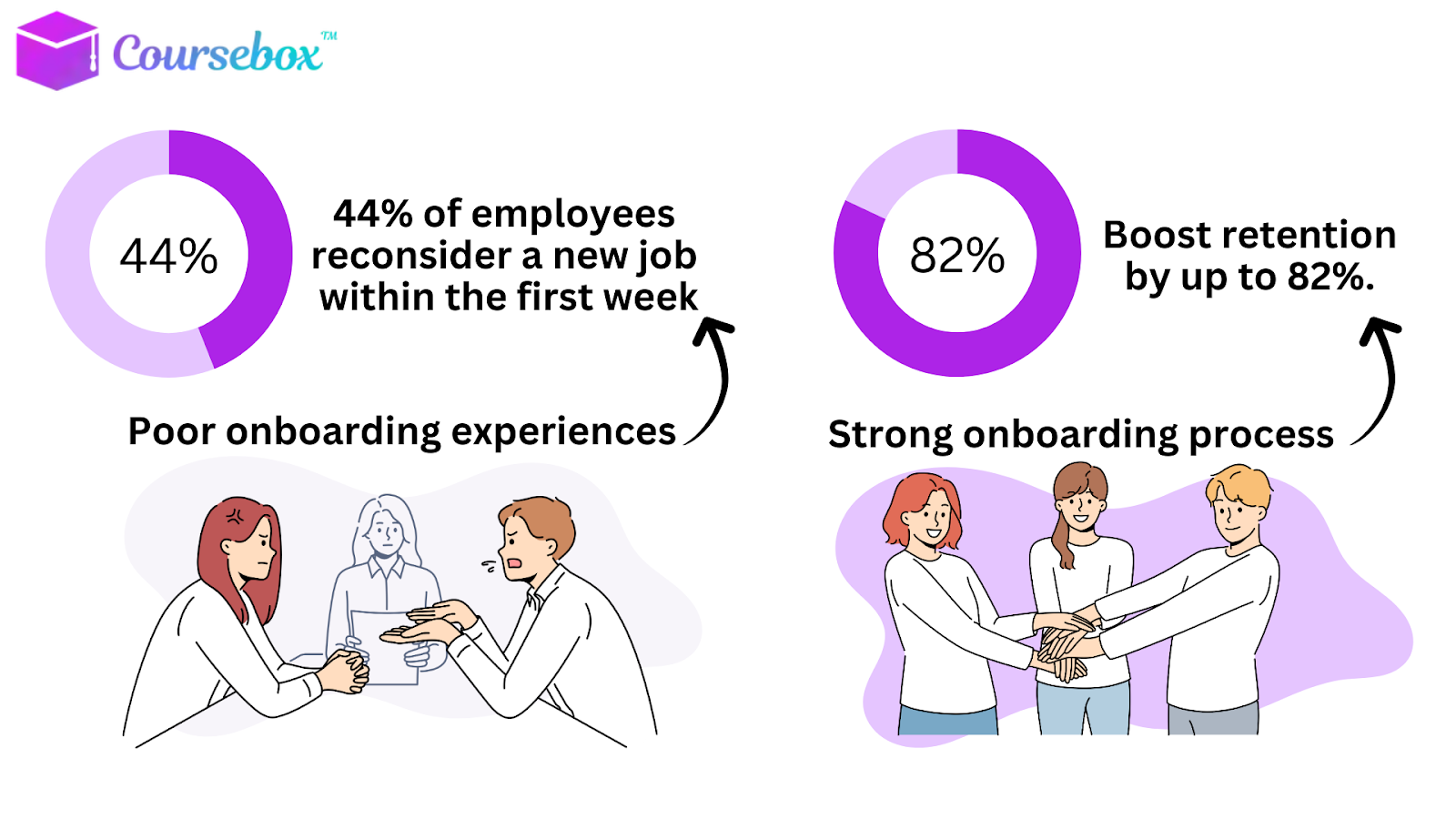
Induction training focuses on the first steps employees take once they join. It gives them the knowledge and tools needed to work independently as soon as possible.
Creating a structured induction library helps capture critical role-specific information, especially when only one person holds that type of position. A solid induction process reduces downtime and boosts confidence from day one.
Pro tip: Consider using a reputable online induction training software for the best results.
Management training builds both technical and interpersonal skills for new or current leaders. Courses can come from internal experts, industry sources, or leadership consultants.
Management training topics include goal setting, team motivation, conflict resolution, and project management. Investing in management training helps new supervisors and promoted employees thrive in leadership roles.

Leadership training goes beyond managing people. It focuses on inspiring them. Employees at every level can benefit from improving communication, decision-making, and strategic thinking.
Leadership development also helps identify potential leaders early and prepare them for future roles, creating a pipeline of talent within the organization.
Compliance training keeps organizations aligned with regulations, laws, and internal policies. It covers subjects like safety, data privacy, anti-harassment rules, and industry-specific standards.
Many industries require formal certification to remain compliant. Using a learning platform that tracks completion and hosts verified content ensures employees stay current and your organization stays protected.

Technical skills training focuses on practical, job-specific abilities—everything from operating equipment to mastering software tools. It supports entry-level employees learning the basics as well as seasoned professionals pursuing certification or specialization. Growing fields like AI, data analytics, and automation make this training more vital than ever.
Customer training programs help users get the most value from your products or services. These can include tutorials, walkthroughs, and self-paced lessons.
Educated customers feel more confident, face fewer frustrations, and often become stronger brand advocates. Offering training for clients and users can also reduce support tickets and boost satisfaction.
Extra tip: Explore LMS platforms for customer training to automate course delivery, monitor engagement, and keep users learning at their own pace.
Product and software training programs serve both employees and customers. For internal teams, especially sales or customer success, it builds deep product knowledge: target markets, features, common challenges, and competitive advantages. For end-users, it improves adoption and satisfaction. Well-designed product training keeps both sides informed and empowered.
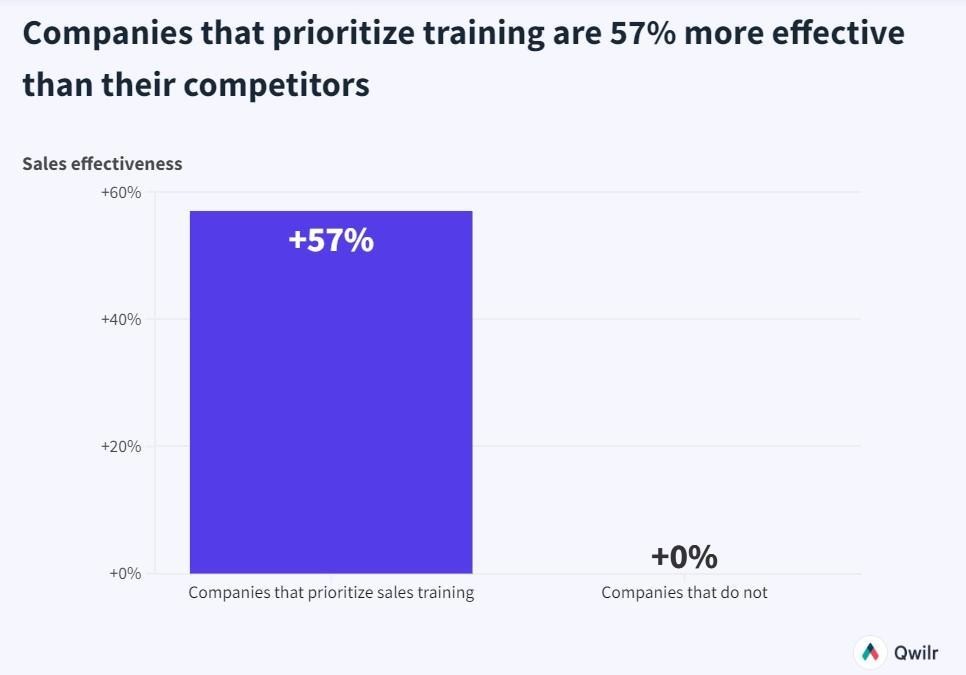
Sales enablement training equips sales teams with strategies, product insights, and confidence. It covers common sales training topics like lead management, negotiation, objection handling, and CRM usage.
Even experienced sales professionals benefit from practice sessions, new frameworks, and lessons built around evolving trends. Strong sales training translates directly into better results and stronger client relationships.
Inclusivity and diversity training programs help employees understand different perspectives, recognize unconscious bias, and foster a more welcoming workplace.
These programs can cover topics such as cultural awareness, inclusive communication, accessibility, and equitable decision-making. Strong diversity training not only improves collaboration and morale but also supports innovation and strengthens the company's reputation.
By embedding inclusivity into everyday practices, organizations create a more respectful and productive environment for all employees.
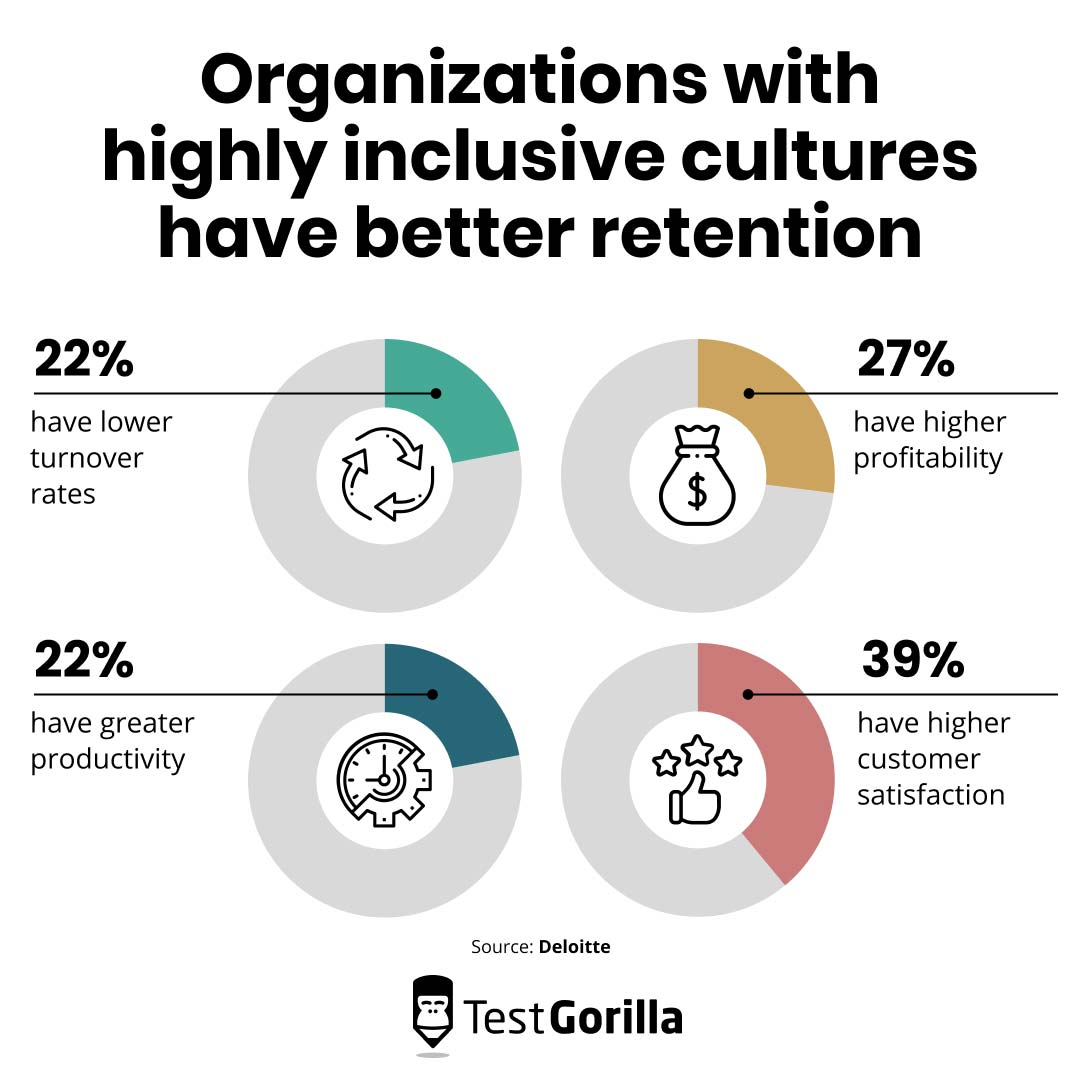
Research shows companies with comprehensive training programs can achieve up to 24% higher profit margins. Developing a strong training program means aligning organizational needs with employee goals and learning styles, ensuring both learners and the business benefit.
A well-designed program requires careful planning, clear objectives, and iterative improvement. The following ten-step process provides a practical roadmap for designing and delivering effective employee training.

Every program should begin by understanding the gap between current skills and desired performance. A thorough training needs analysis helps pinpoint the knowledge and skills employees require and aligns initiatives with organizational goals. Key steps include:
Gathering input from stakeholders, including managers, employees, and sometimes even customers, ensures the training addresses real needs. Interviews, surveys, and performance data provide actionable insights, minimizing wasted effort and expense.

Once gaps and needs are clear, define specific, measurable goals. Training objectives should reflect both business priorities and employee development. Examples include:
Clear goals provide direction, guide content creation, and establish benchmarks for evaluating success.
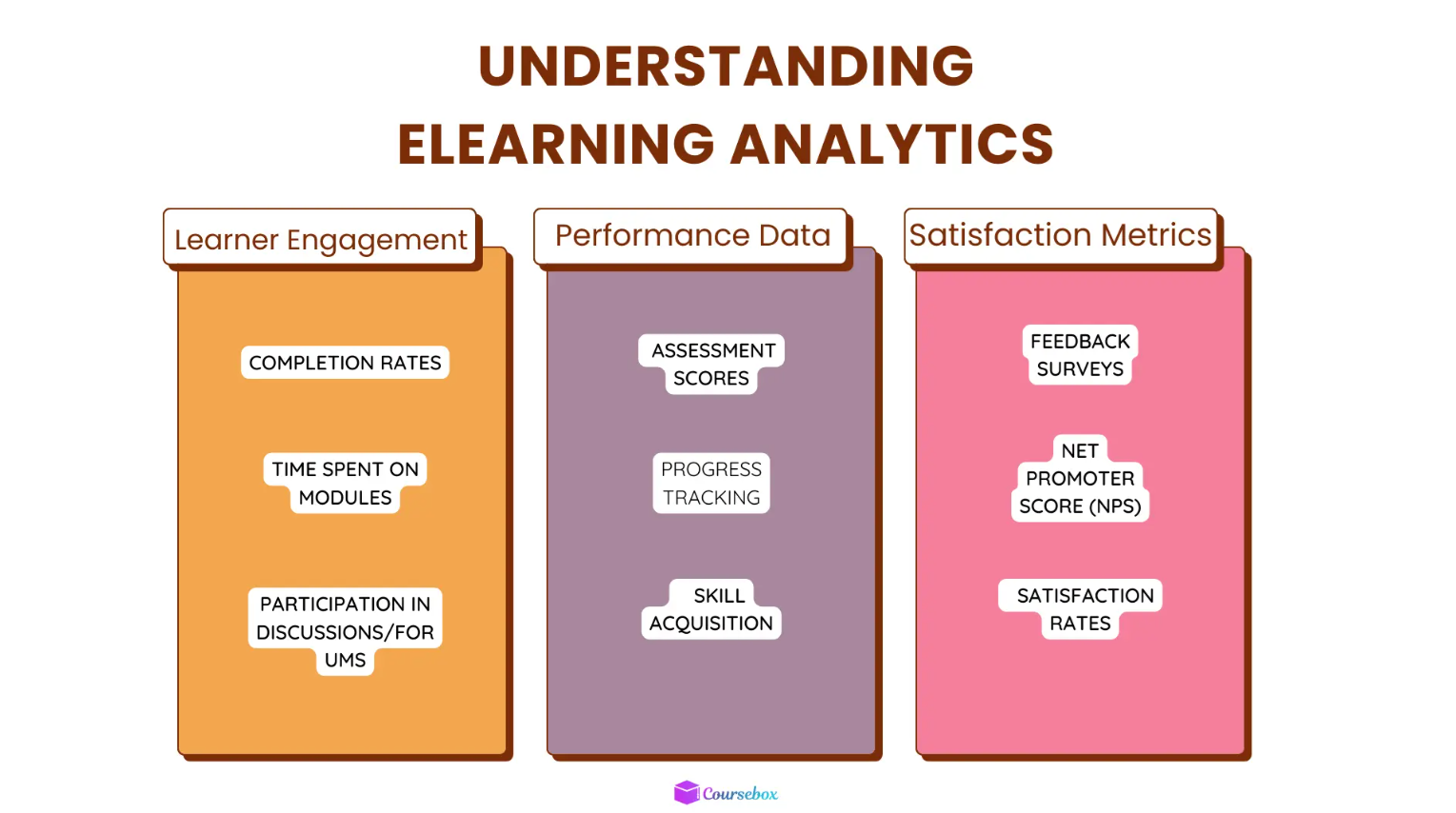
eLearning metrics show whether training produces meaningful outcomes. Consider multiple layers of evaluation:
Tracking progress ensures you can iterate on programs and make adjustments that improve engagement and retention. AI-powered analytics can help identify patterns in learner performance and suggest areas for improvement.
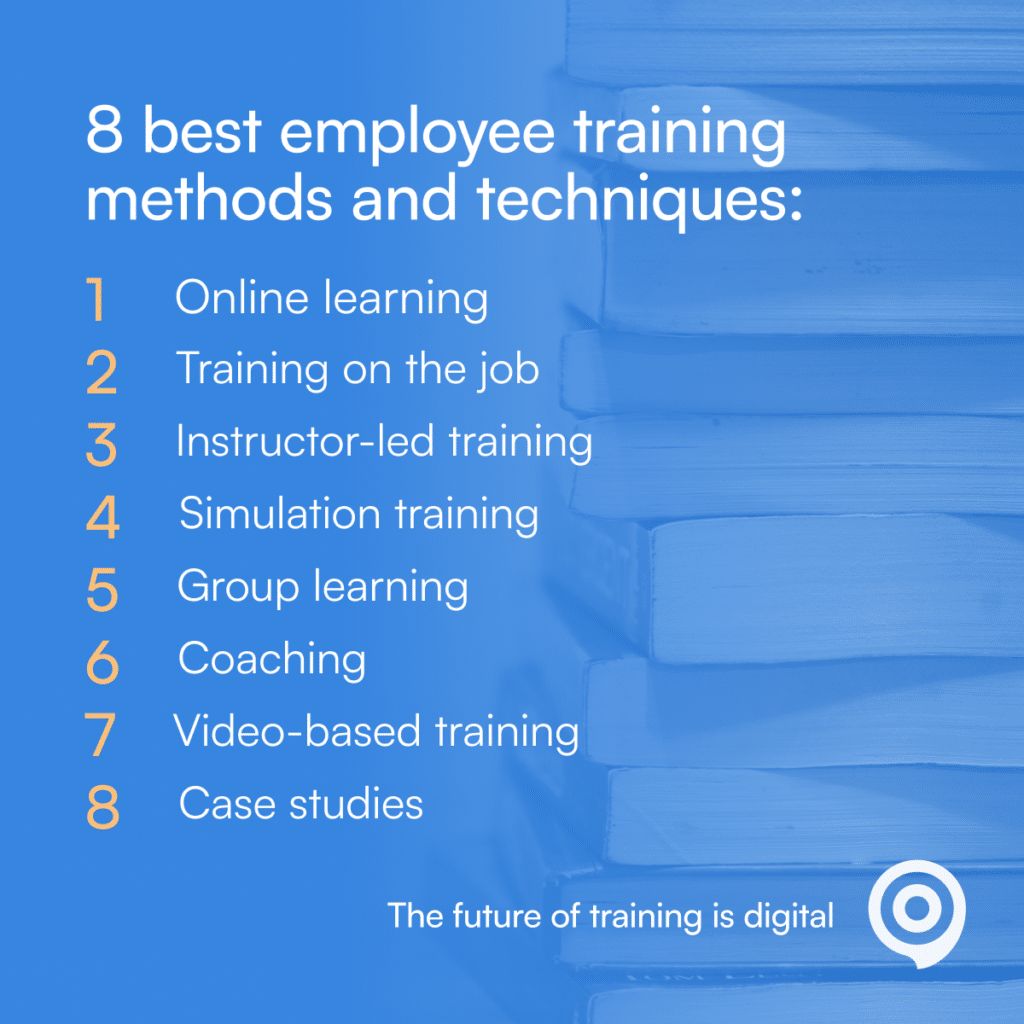
Choose a format that matches content, audience, and learning objectives:
Starting simple and gradually layering complexity allows employees to adapt while giving learning administrators time to refine content.
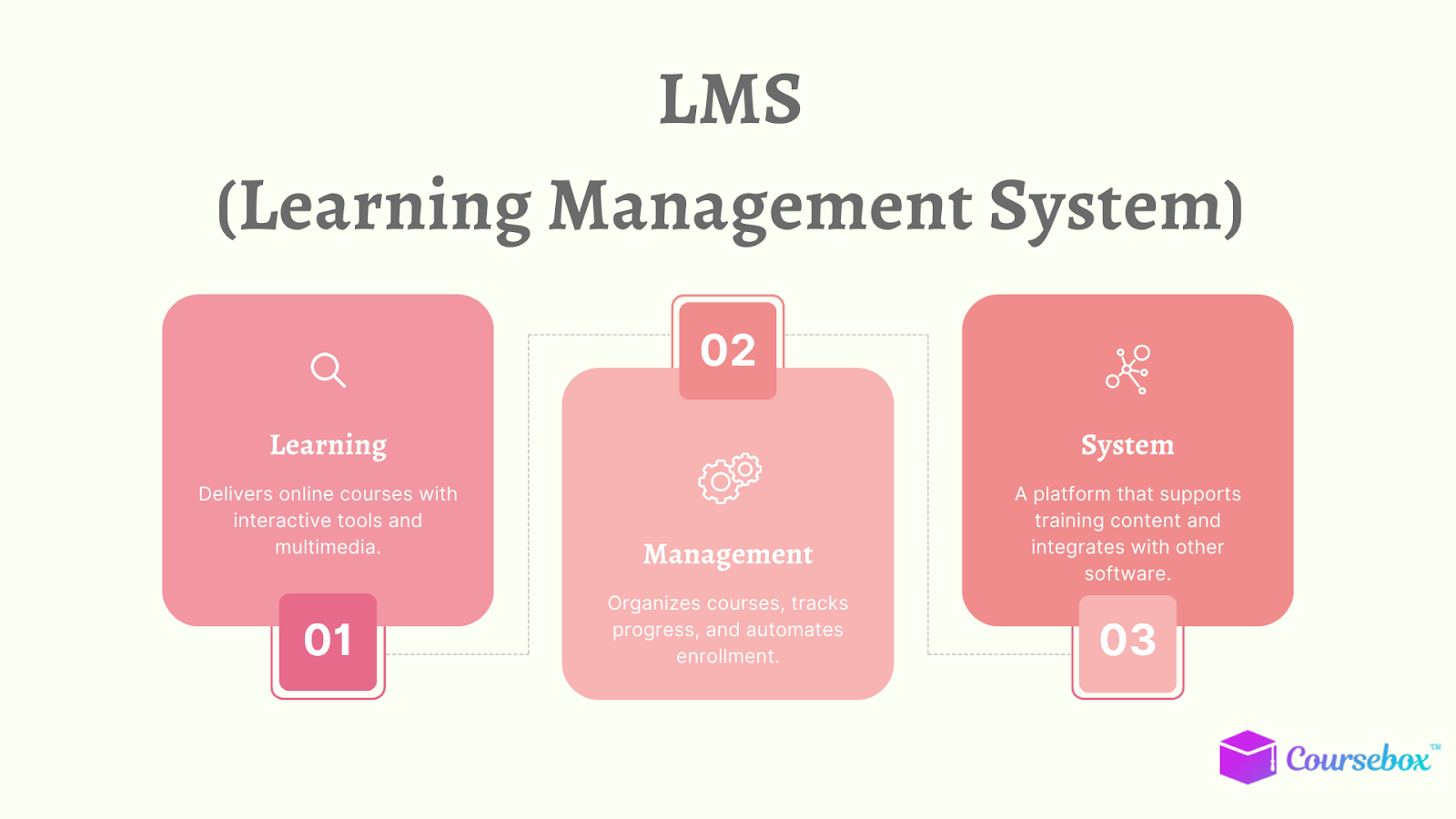
A learning management system (LMS) centralizes content, tracks learner progress, and measures outcomes. Key capabilities include:
Modern AI tools, including Coursebox AI, can help generate course content, structure modules, and suggest improvements based on learner interactions, reducing manual workload for training teams.

Create a roadmap of topics and modules, from fundamentals to advanced concepts. Each module should have:
A strong outline prevents content overload and keeps learners focused.

Work with subject-matter experts (SMEs) to create accurate and engaging material. Content types may include:
Collaborating with SMEs ensures lessons are specific, relevant, and credible. AI-powered platforms can accelerate course creation, suggest content improvements, and even generate quizzes or exercises tailored to the program.

Launch the program with a pilot group or full rollout. Key considerations:
A successful launch emphasizes engagement and usability, helping learners see value immediately.

Assess the effectiveness through multiple lenses:
Data-driven evaluation ensures training is meaningful and informs the next iteration of content or delivery methods.
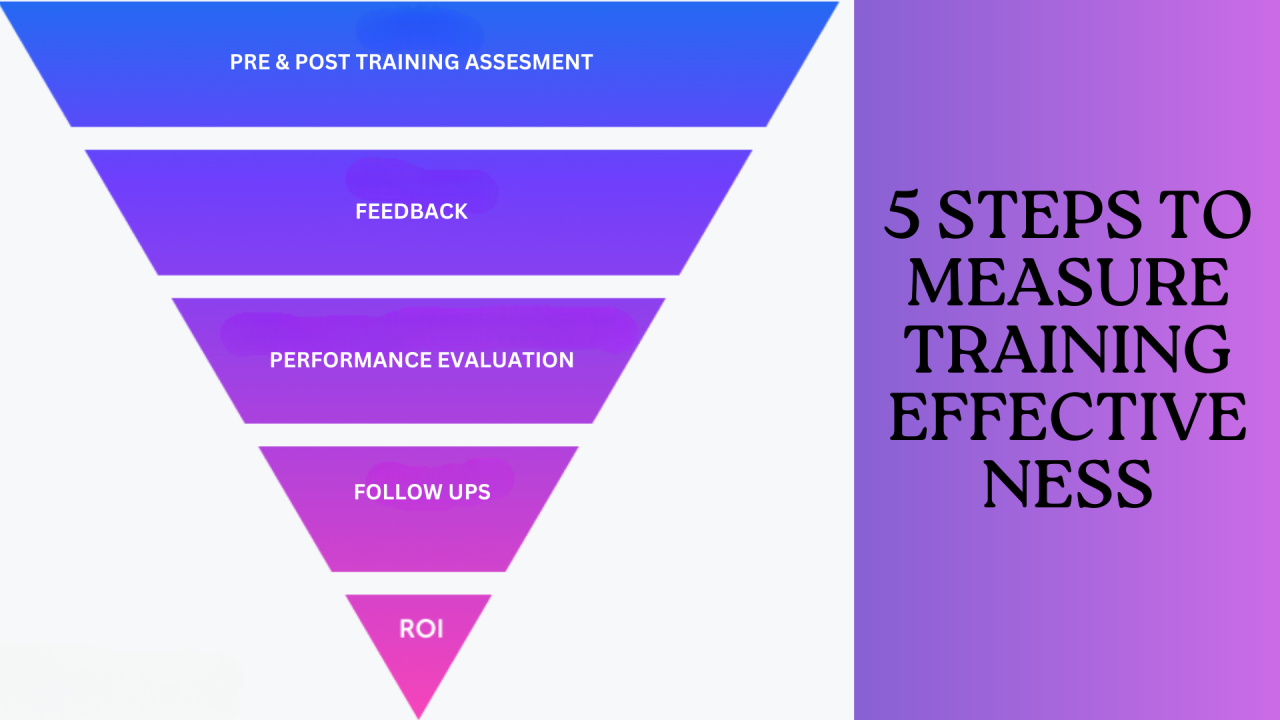
Beyond immediate outcomes, track long-term impact:
Use LMS dashboards and AI analytics to generate insights on completion, engagement, and skill acquisition. These insights justify investment in future training initiatives.
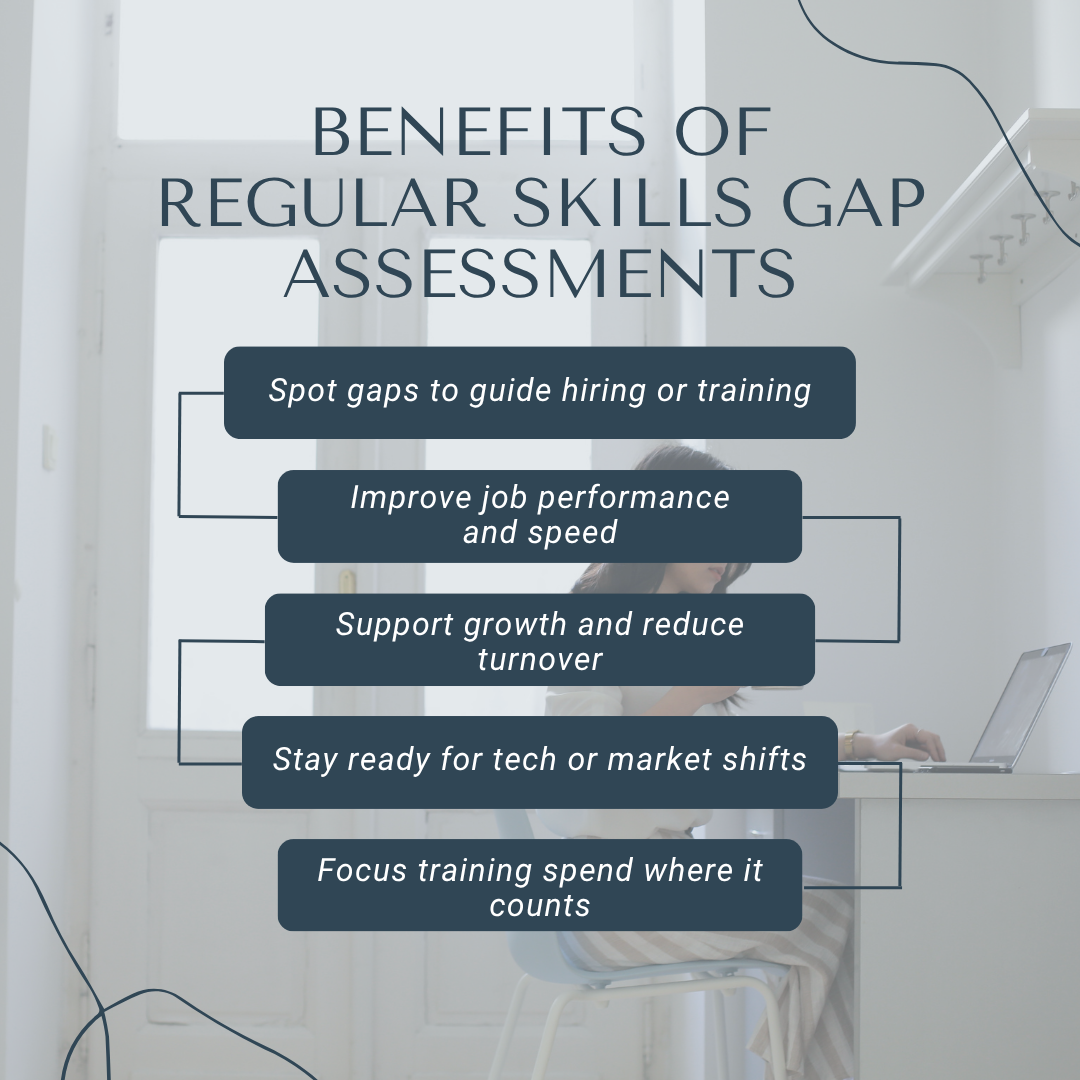
Training should evolve with organizational needs and industry changes. Maintain a cycle of review:
A few additional strategies can boost engagement, retention, and real-world application, especially when combined with AI-powered tools.
Break content into small, digestible modules. Employees can complete lessons in 5–10 minutes, which increases retention, allows learning on the go, and reduces overwhelm. Microlearning works especially well for skills that require repeated practice, like software use or customer interactions.
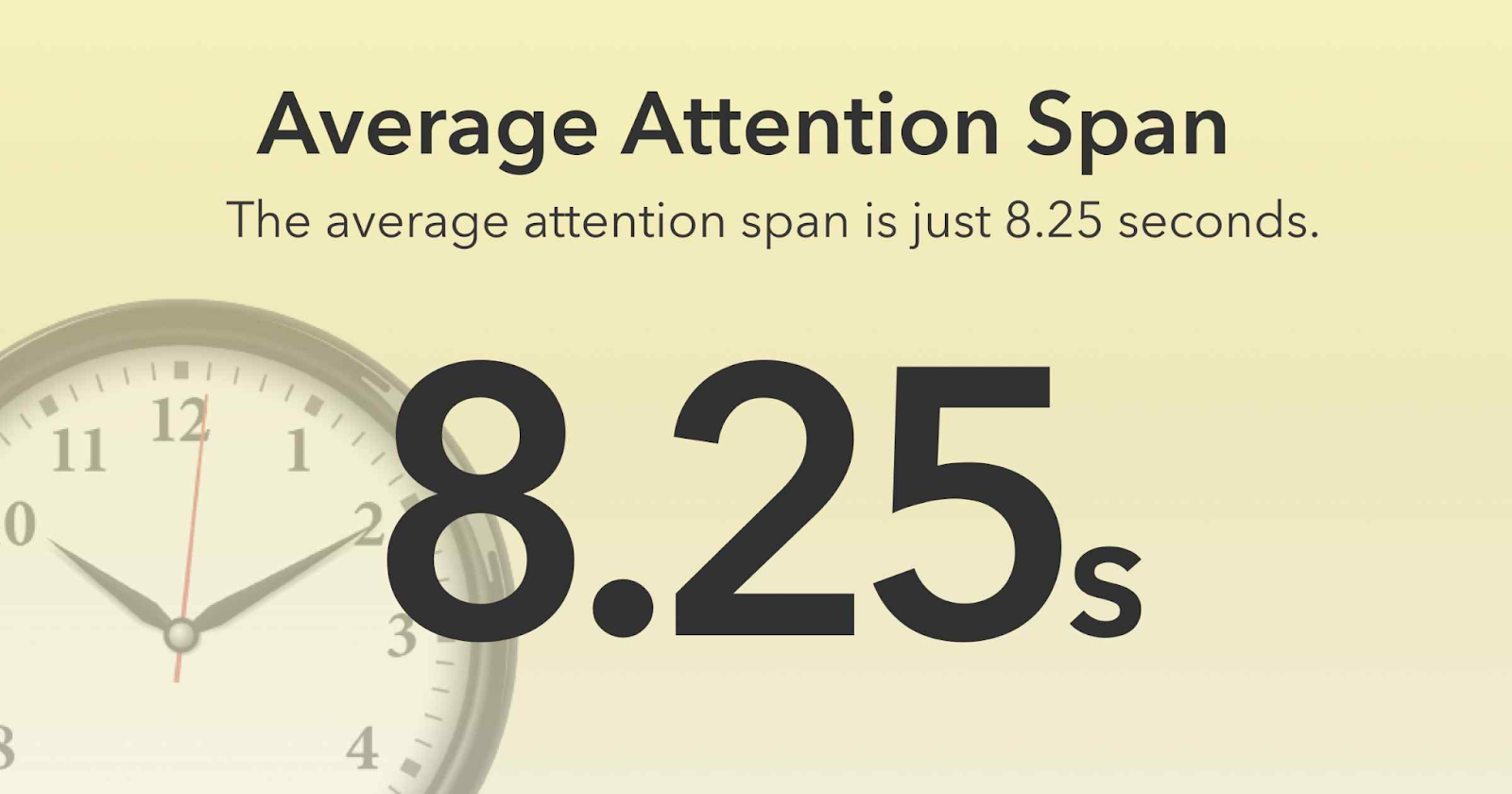
Add game-like elements to boost engagement. Leaderboards, points, badges, and challenges create motivation, improve completion rates, and make learning more interactive. Gamified learning platforms can even personalize gamification to match learner progress.
Encourage knowledge sharing through peer coaching, discussion boards, or collaborative projects. Employees often retain more when learning from colleagues, and peer feedback fosters a culture of continuous improvement.
Make training accessible anywhere, anytime. Mobile-friendly lessons and apps allow employees to fit learning into their schedules, which is critical for distributed teams.
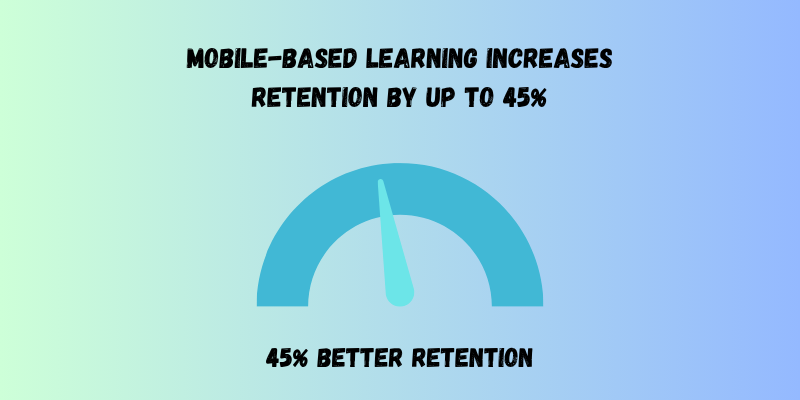
Learning doesn’t end when the course finishes. Provide follow-up exercises, micro-lessons, or refresher quizzes to help employees retain knowledge and apply it on the job.
Leverage AI or LMS features to create customized learning journeys based on employee role, skill gaps, and career goals. Personalization increases engagement and ensures each employee develops relevant competencies.
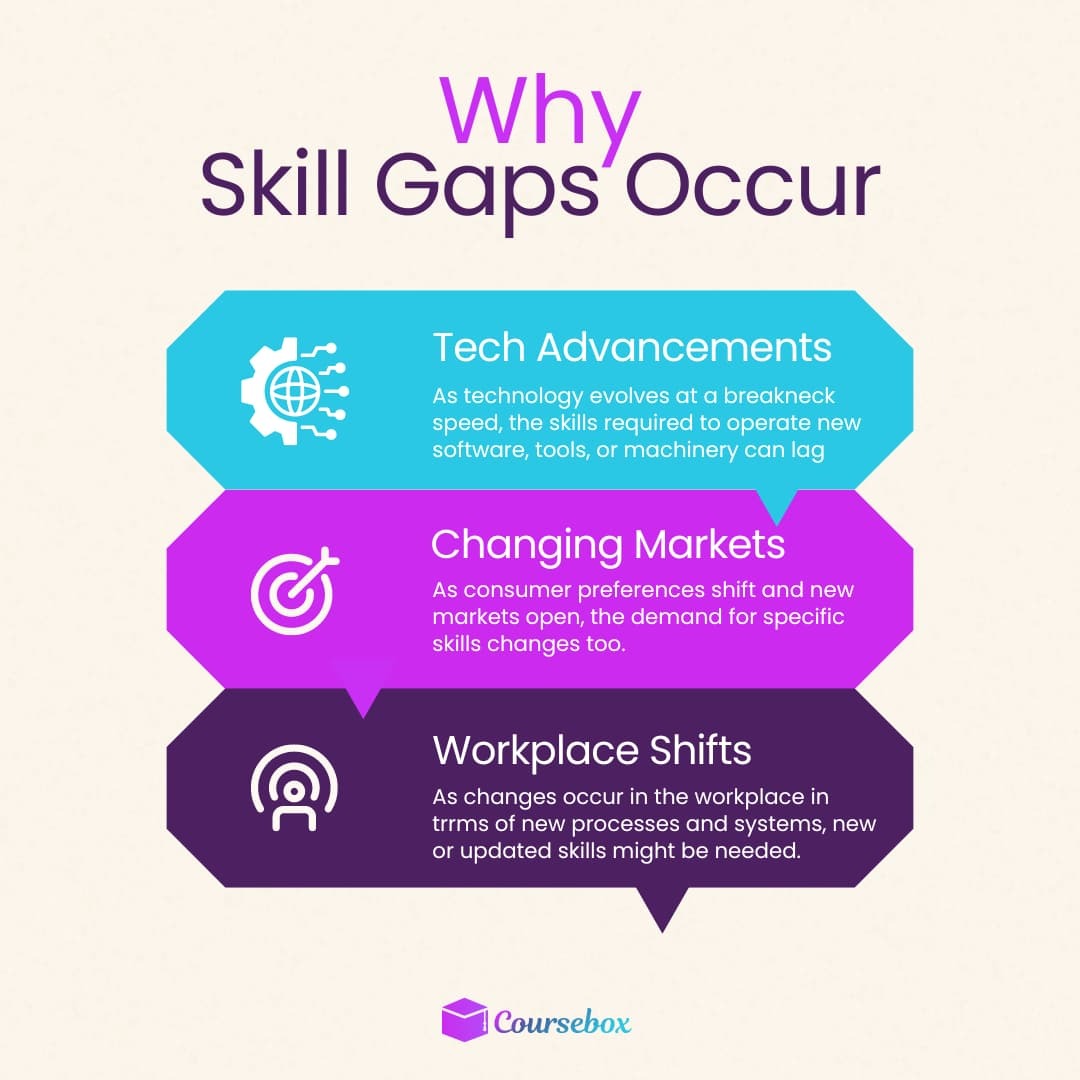
Reward completion or achievement publicly, like certificates, shout-outs, or internal points systems. Recognition reinforces learning and motivates others to participate.
Collect feedback not just after training, but continuously. Surveys, quizzes, and informal check-ins help refine programs and ensure content stays relevant.
Don’t focus solely on technical skills. Teaching soft skills like communication, problem-solving, and emotional intelligence is increasingly important for employee growth and organizational success.

The most effective training programs start with the right tools. Using smart training management software streamlines many tasks, reducing administrative work and freeing L&D teams to focus on what really matters: delivering training that boosts employee performance.
With platforms like Coursebox AI, you can assess training needs, create personalized learning paths, track employee progress, and measure ROI. Employees can also collaborate and contribute to courses, sharing knowledge and upskilling from within.
Ready to see how it works? Book a FREE demo of Coursebox AI today and start building smarter, more impactful training programs.
Start by assessing your organization’s needs and identifying skill gaps. Define clear learning objectives, select the right training format (online, in-person, or blended), and develop content with input from subject-matter experts. Incorporate interactive elements, track progress, and refine the program based on feedback. Tools like AI-powered platforms can simplify content creation, personalize learning paths, and help measure success.
Choose a delivery method that fits your audience and objectives. Options include virtual courses, in-person workshops, blended learning, or microlearning modules. Ensure materials are accessible, engaging, and interactive. Use a modern learning management system (LMS) to assign courses, track completion, and gather feedback. Encouraging collaboration and post-training reinforcement increases retention and application of new skills.
The five phases commonly used in training design are:
A practical five-step approach includes:
The ADDIE model is widely used in instructional design. It consists of five stages: Analysis, Design, Development, Implementation, and Evaluation. This model ensures structured program creation, continuous improvement, and alignment with both employee and organizational goals.
Get started for free today.
